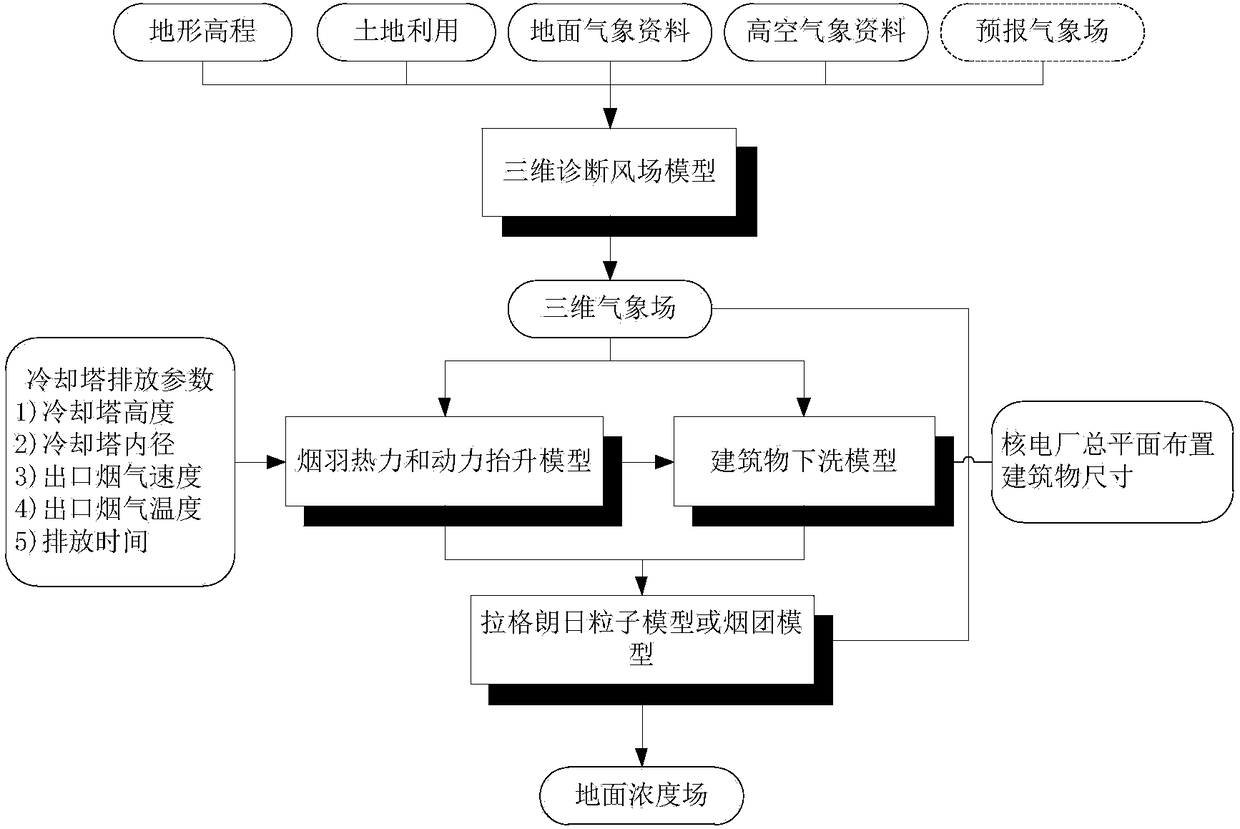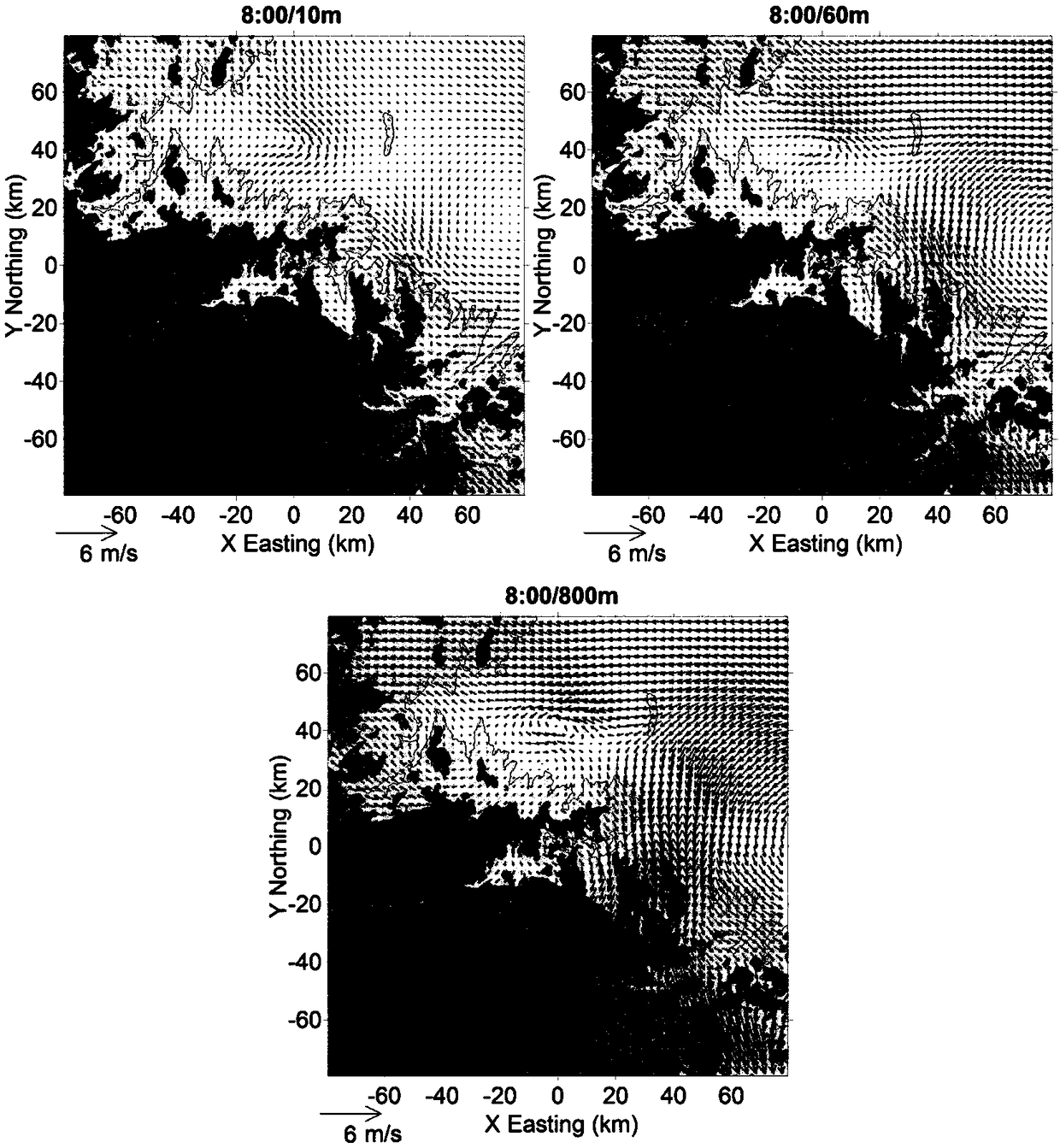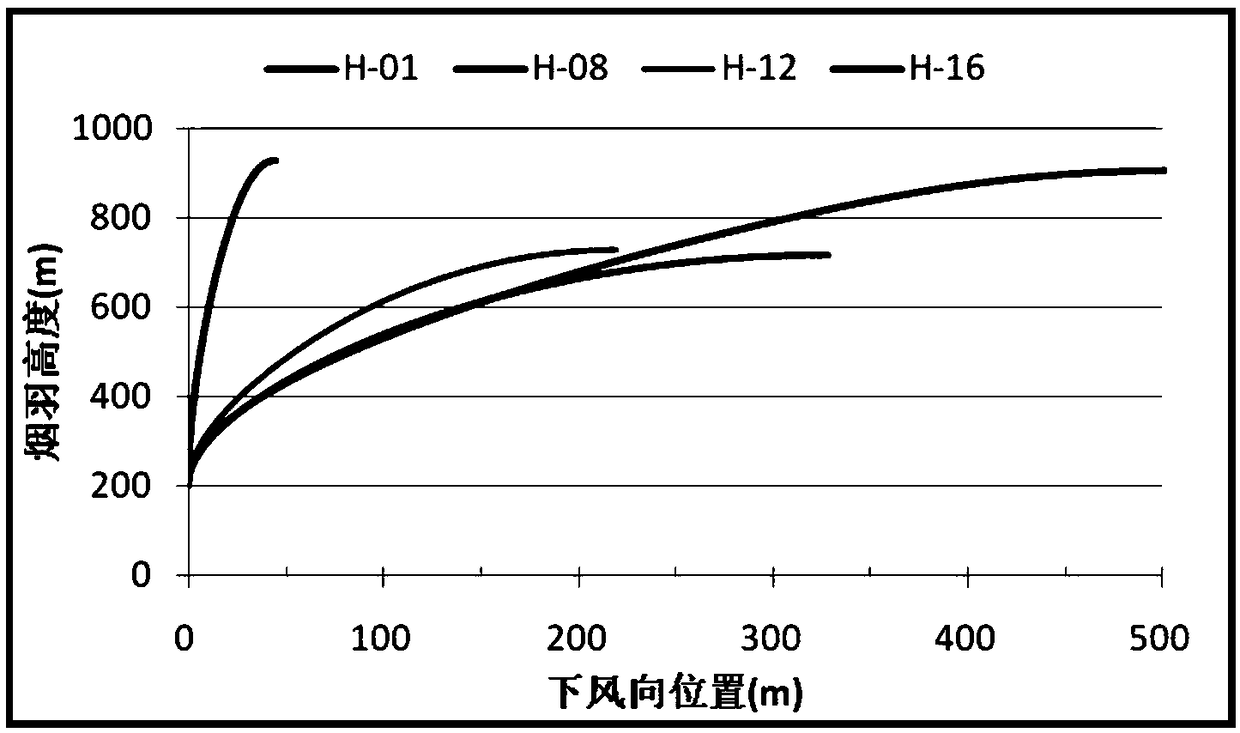Method for evaluating atmospheric influences caused by airborne emission of liquid-state radioactive effluents of nuclear power plants
An evaluation method and radioactive technology, applied in the field of nuclear radiation evaluation, can solve the problem of high frequency of small static wind
- Summary
- Abstract
- Description
- Claims
- Application Information
AI Technical Summary
Problems solved by technology
Method used
Image
Examples
Embodiment Construction
[0030] The specific implementation manners of the present invention will be further described below in conjunction with the accompanying drawings.
[0031] The flow of the air impact assessment method of the exemplary nuclear power plant liquid radioactive effluent airborne discharge of the present invention is as follows: figure 1 shown, including the following steps.
[0032] (1) Site geographic information data, meteorological data collection and three-dimensional meteorological field simulation
[0033] Collect terrain elevation, land use, surface and upper-air meteorological data of the nuclear power plant site area, select a 3D diagnostic wind field model, and process the above data into a model input format. When the meteorological data is missing, interpolation of the data is required. If possible, the forecast wind temperature field output by the forecast model can also be used as the initial guess field of the three-dimensional diagnostic wind field model. Set up t...
PUM
 Login to View More
Login to View More Abstract
Description
Claims
Application Information
 Login to View More
Login to View More - R&D
- Intellectual Property
- Life Sciences
- Materials
- Tech Scout
- Unparalleled Data Quality
- Higher Quality Content
- 60% Fewer Hallucinations
Browse by: Latest US Patents, China's latest patents, Technical Efficacy Thesaurus, Application Domain, Technology Topic, Popular Technical Reports.
© 2025 PatSnap. All rights reserved.Legal|Privacy policy|Modern Slavery Act Transparency Statement|Sitemap|About US| Contact US: help@patsnap.com



